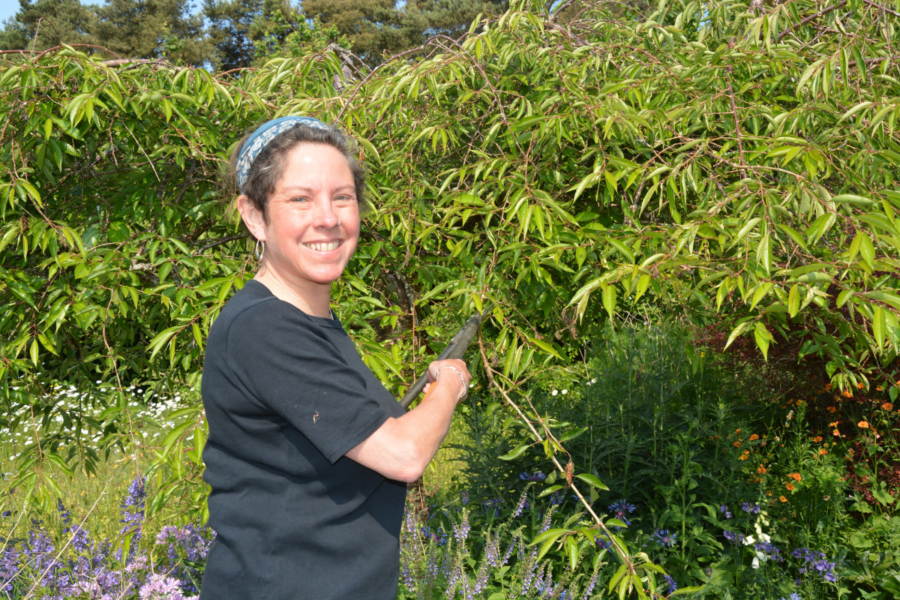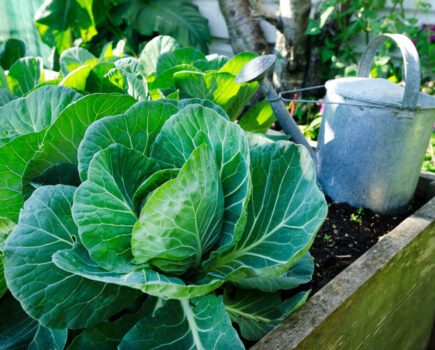It’s time to give cherries and plums a trim, says Ruth
I’m afraid that this issue my pages are going to be rather disease-heavy because an inescapable side effect of this year’s topsy-turvy weather has been the sight of many plants struggling to stay healthy and reach their full potential.
The mild, wet conditions have made our gardens a perfect breeding ground for fungal problems and diseases – and that’s before we get anywhere close to talking about the absolute jamboree it’s given the slugs and snails!
So on this page and the next I take a look at some of the most common diseases you may spot around your plot and allotment and show you how to beat them and avoid them in future seasons.
Prevention is always better than cure and knowing your opponents weak points (and not just in a gardening sense!) can keep you one step ahead in the game.
This is why I’ve been pruning greengage and ‘Victoria’ plum trees and our weeping ornamental cherry this week.
These are just some of the varieties that are susceptible to silver leaf disease, a fungal condition that is at its most active between the autumn and late spring.
Its symptoms include a silvery coating on leaves and dark stains inside the wood, which can only be seen when pruned. Old, dead wood may also produce purplish bracket fungus.
The easiest way to keep safe the trees it affects, which also include apricot trees, rhododendrons and laburnums, is to prune them in midsummer when the disease spores aren’t so rife.
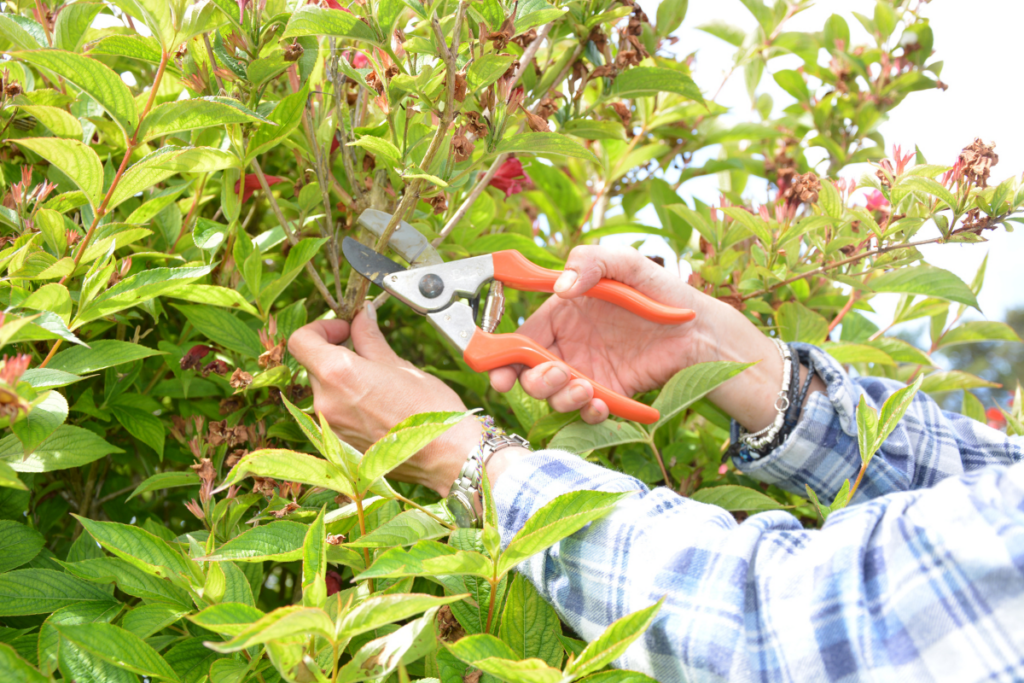
Pruned now, the cuts have time to heal and are less likely to act as an entry point for the disease.
Our weeping cherry was in dire need of cutting back as it has grown well since last summer and some branches are hanging over the lawn, which has made mowing a trifle tricky.
As with all pruning, start by removing dead, diseased and damaged branches, as well as spindly ones that look untidy and are unproductive. Aim to create an attractive open shape, or less congested framework on weeping trees.
If you find symptoms of silver leaf on a tree during pruning, remove the affected wood back to healthy material, dispose of it immediately and disinfect your pruning tools afterwards.
If you haven’t yet pruned shrubs that flower in early summer, such as weigela and philadelphus, do so now to give them time to produce new growth for next year’s blossom.
Pest protection
Keep your houseplants safe

1. Dust and pests accumulate on plants when they blow in through open windows in summer, so remove them with a damp, soft cloth.
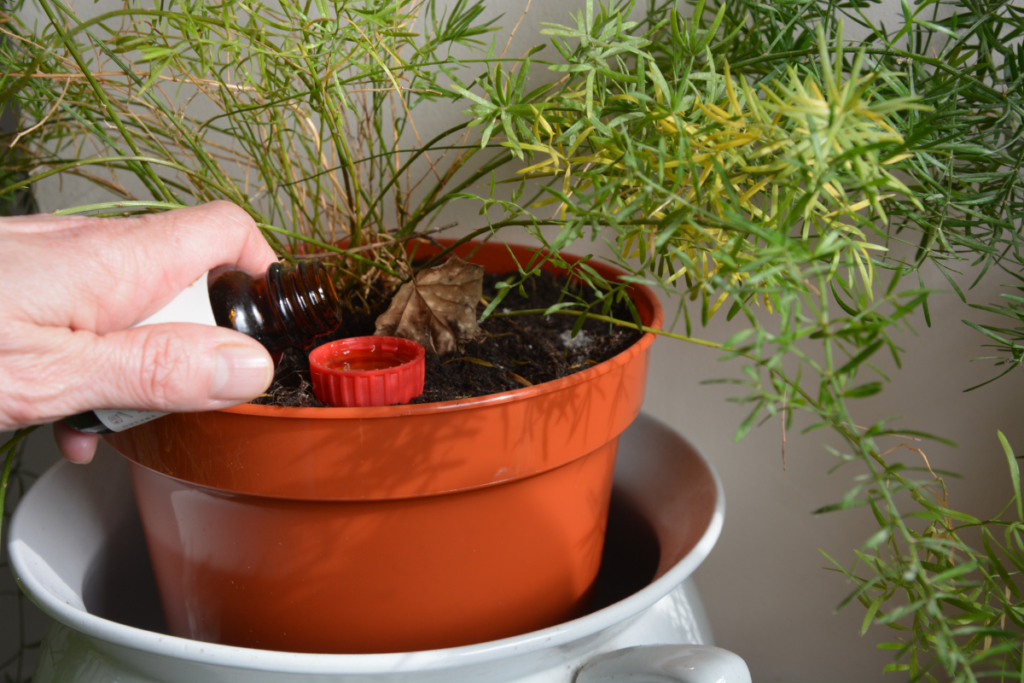
2. A bottle cap filled with sweet almond oil attracts annoying fungus gnats for easy removal.
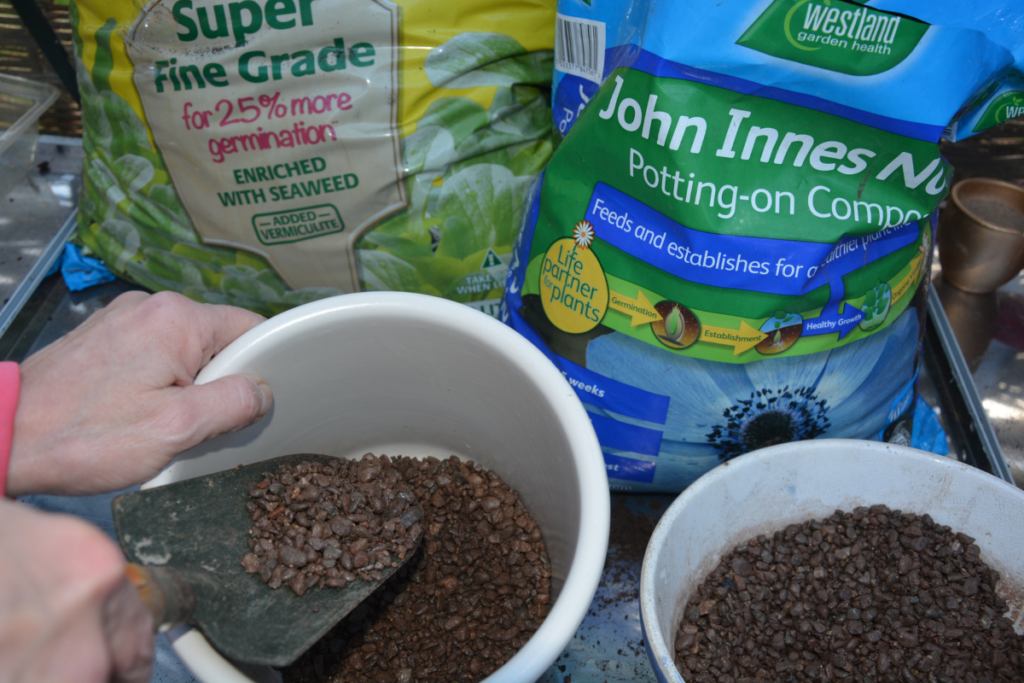
3. Stand houseplant pots on a bed of damp gravel. It raises humidity levels slight, but enough to deter destructive glasshouse red spider mites.
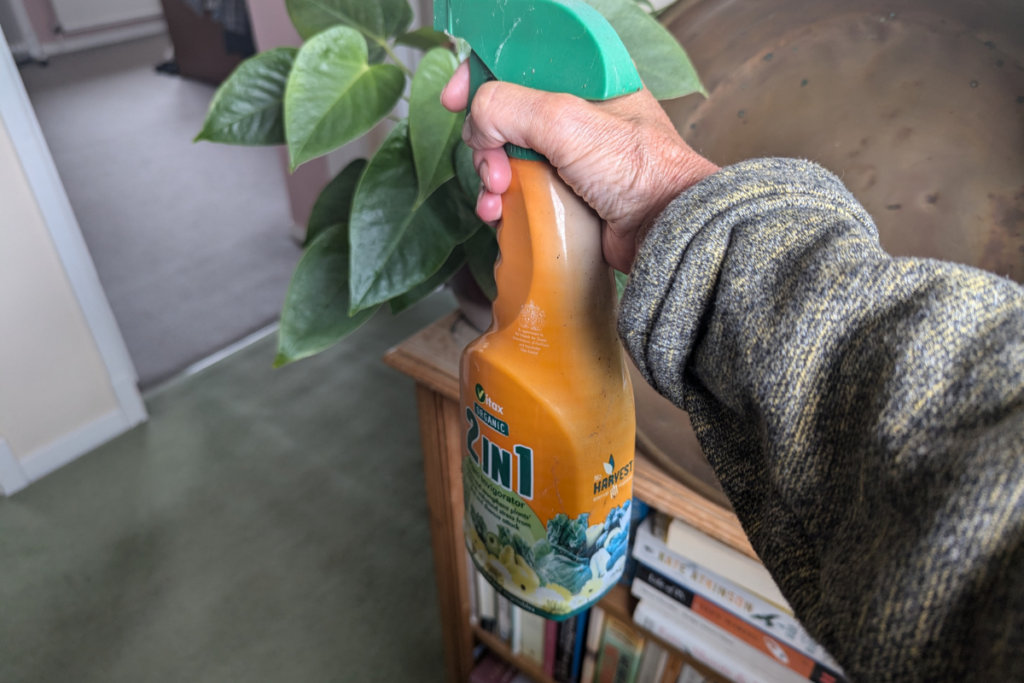
4. A plant enhancer such as Vitax 2-in-1 Invigorator feeds plants through their leaves and helps them withstand pests and diseases.
Find more tips, advice and articles like this at the Amateur Gardening website. Subscribe to Amateur Gardening magazine now

